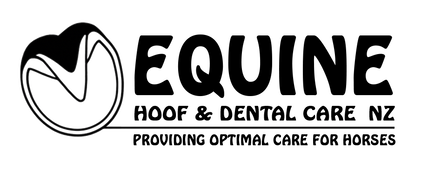Immediate and Direct Ground Contact of Hooves
|
In nature, the horse has immediate and direct ground contact for its entire life. A horse's hooves are suitable and resistant enough for all kinds of terrain. For the hoof to function optimally it should be exposed to all types of terrain to allow the hoof to develop naturally. This exposure to hard ground expands the hoof allowing optimal blood flow to support the horse's whole metabolism and its organisms, which is vital for optimal health.
From birth, a foal's hooves have direct contact with the ground and this aids in the proper development of the coffin bone and hoof capsule. Therefore, this provides your young stock with all types of terrain and optimal movement. The damaging effects of a properly applied horseshoe:
The direct and immediate ground contact of the horse's hooves along with ideal natural living conditions is the best and most intended way for the horse to live. |

